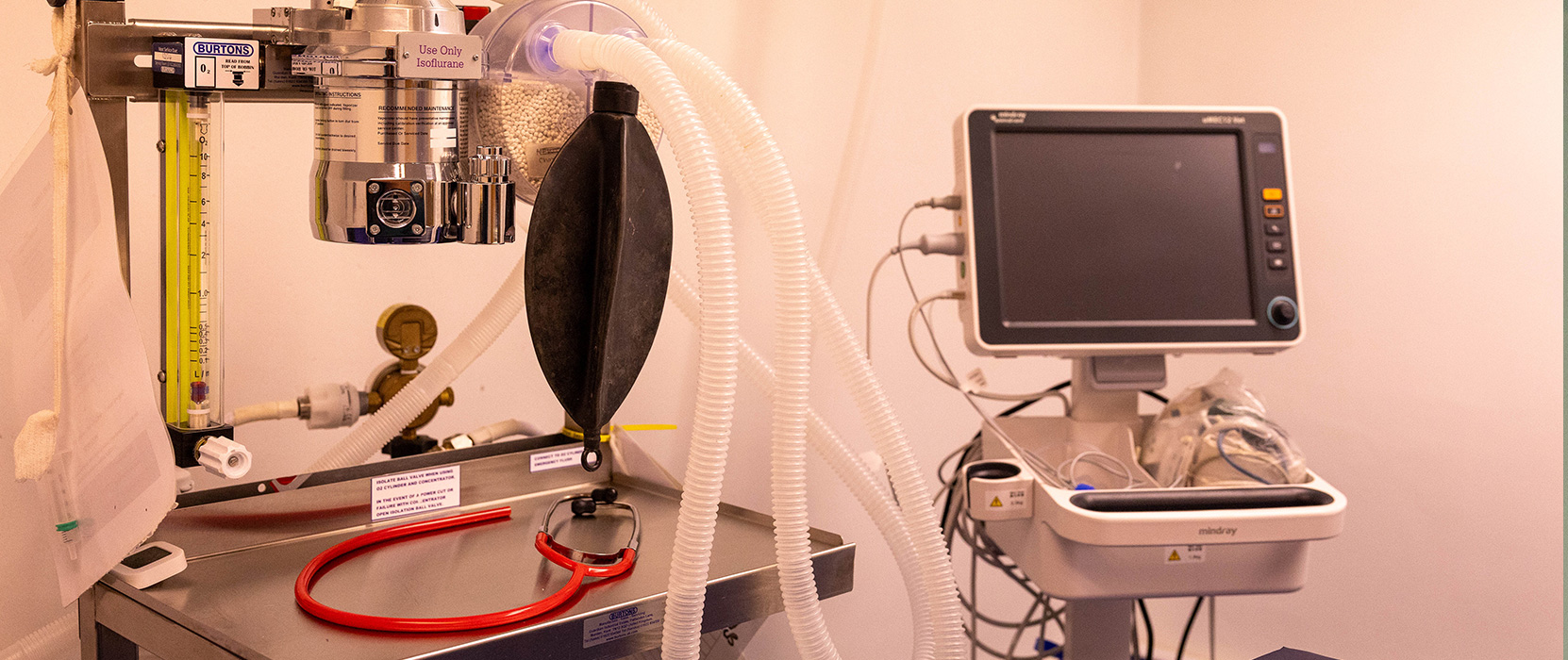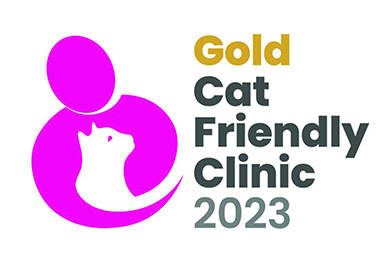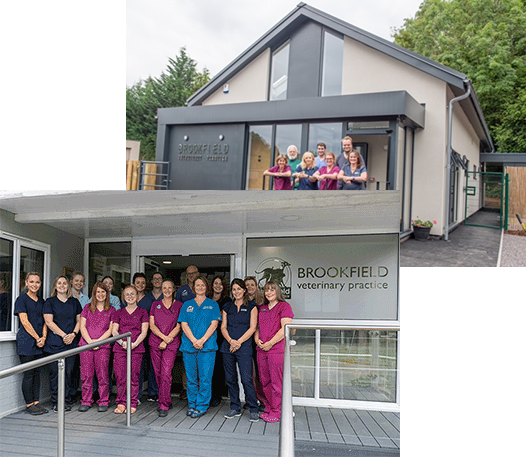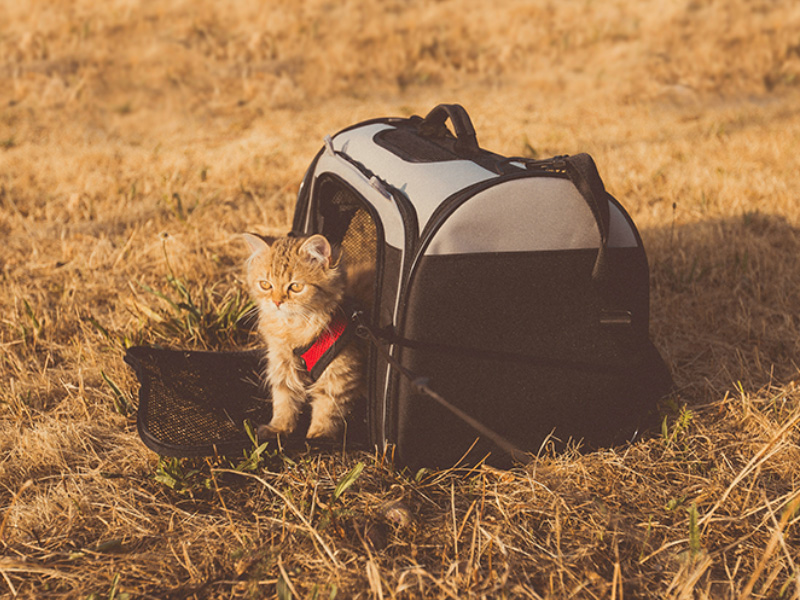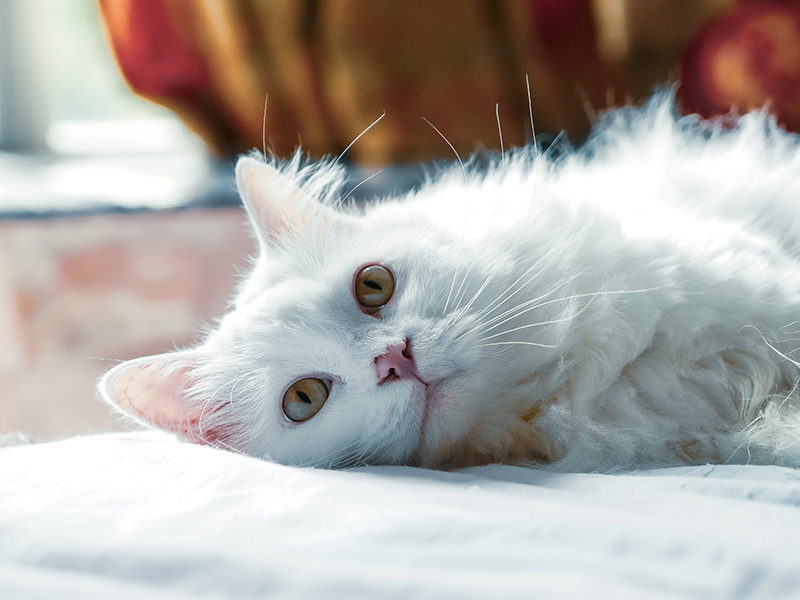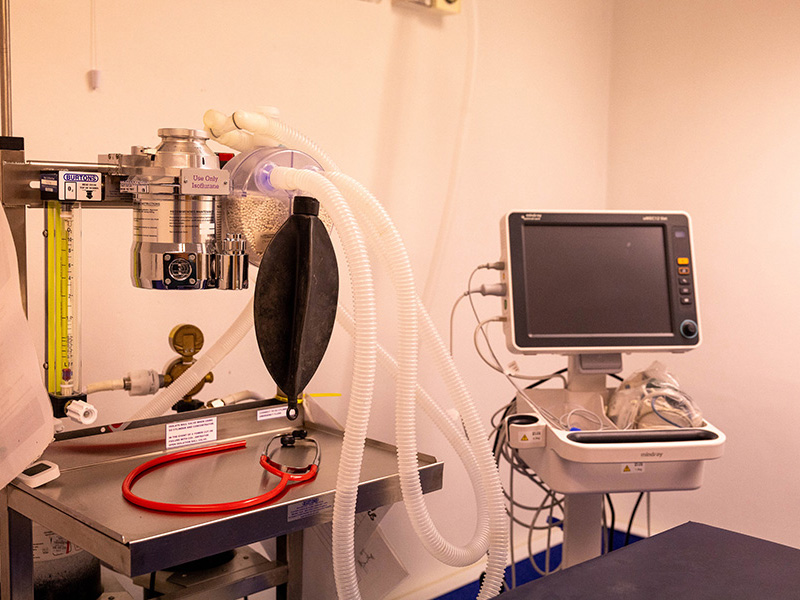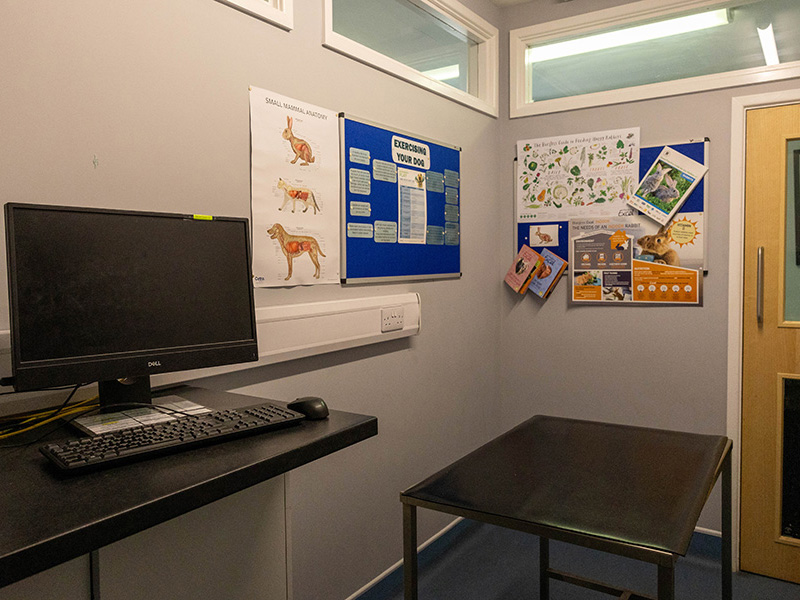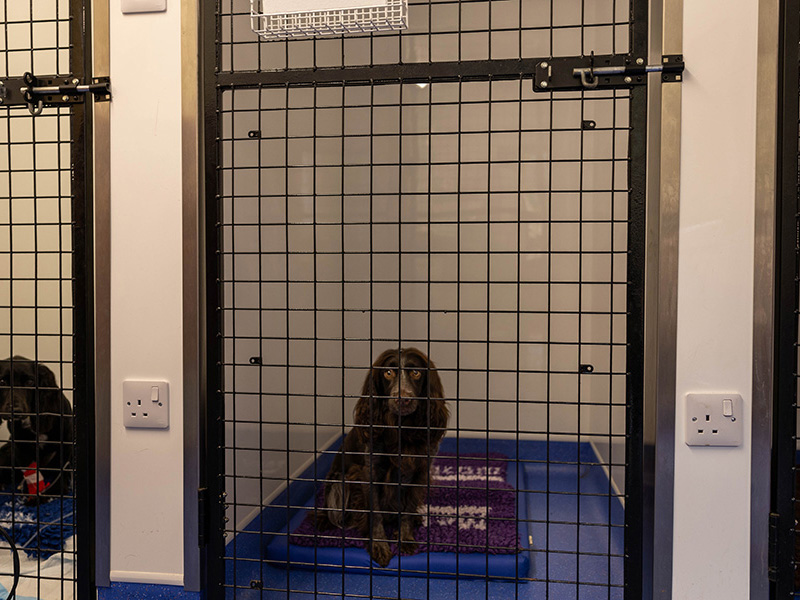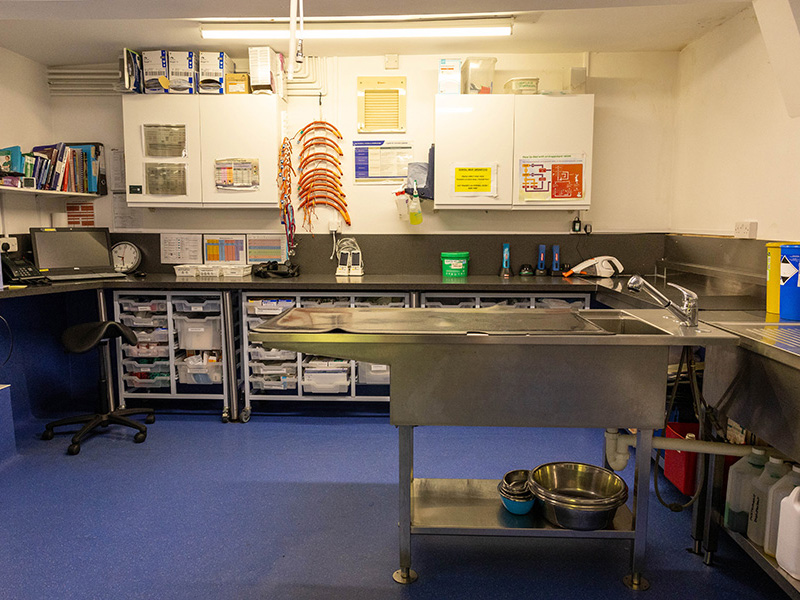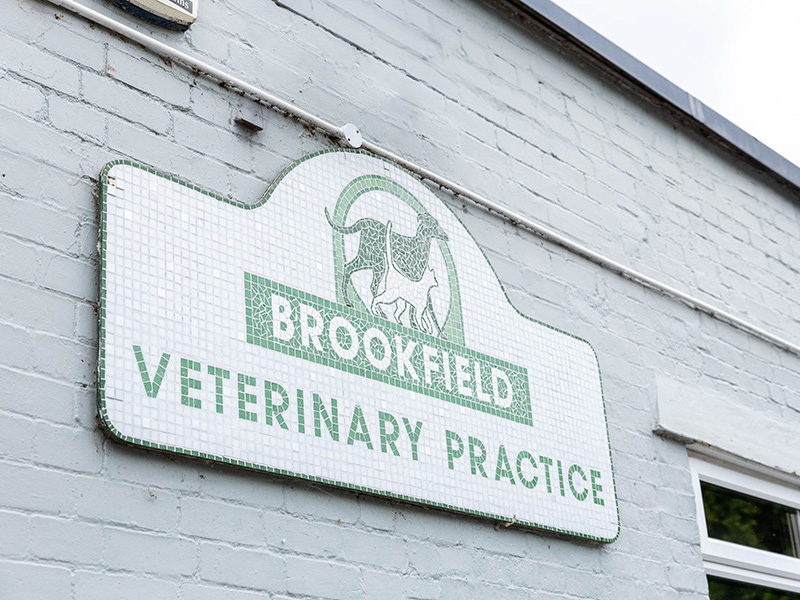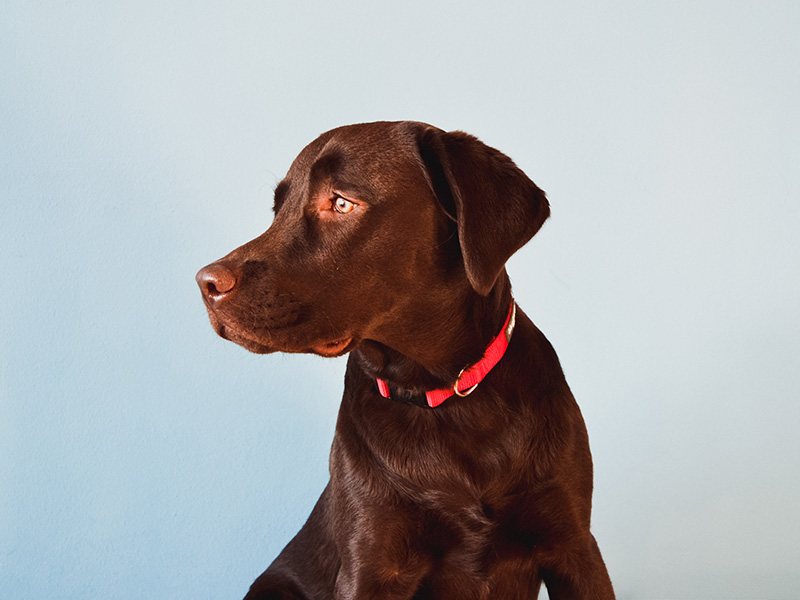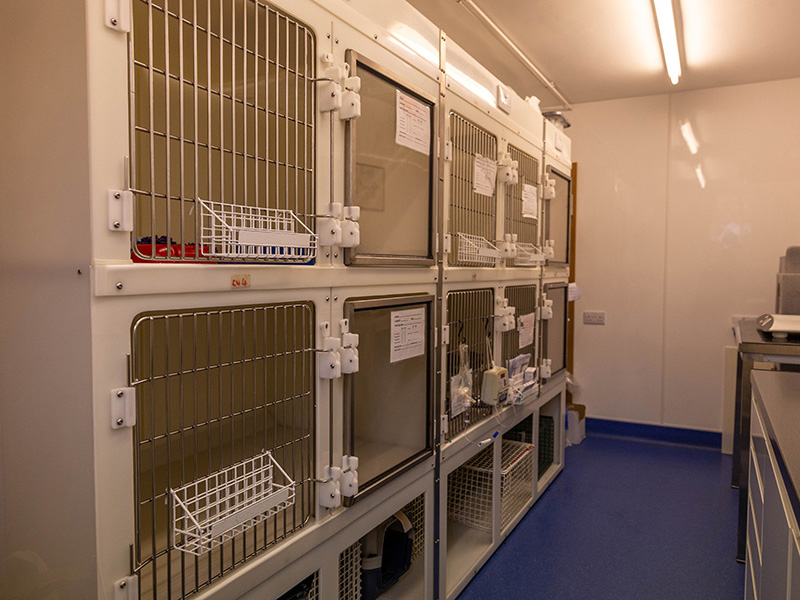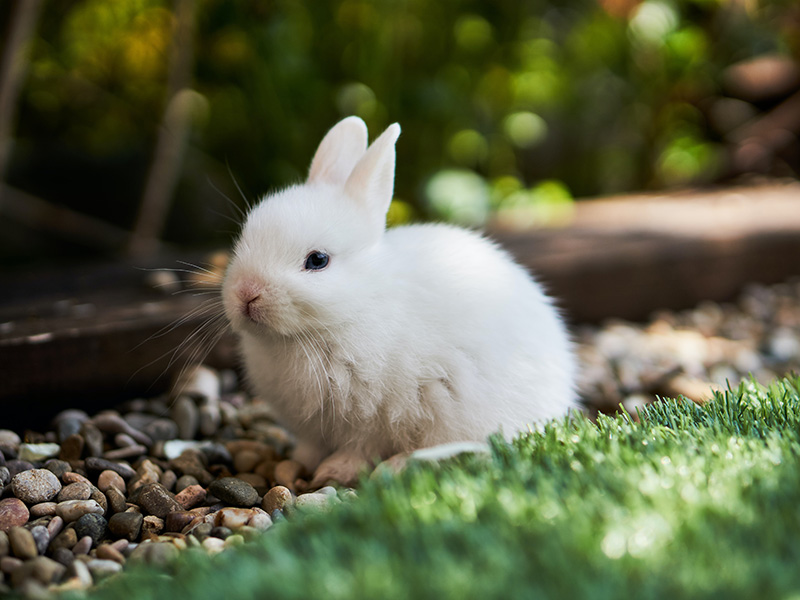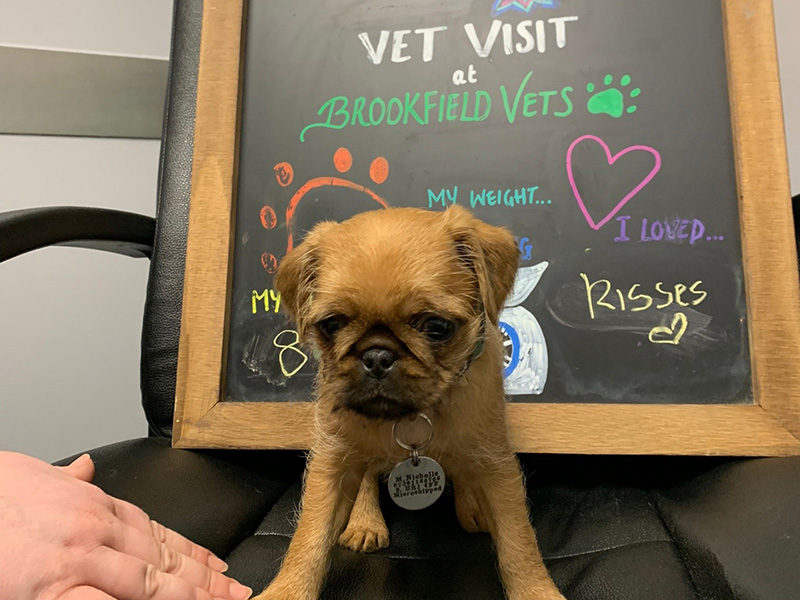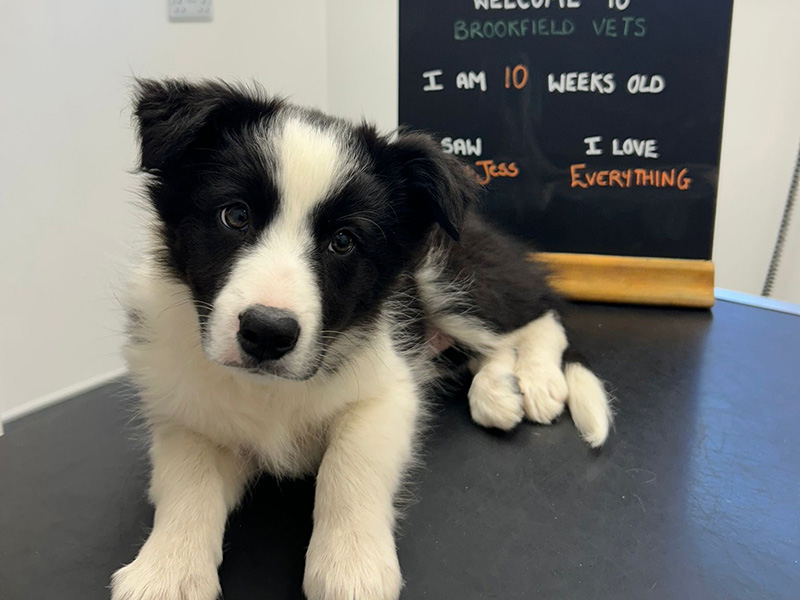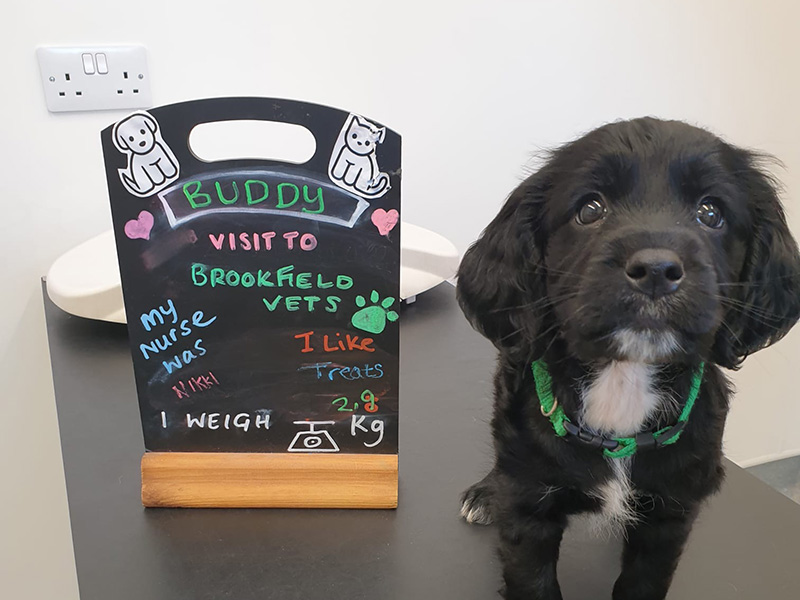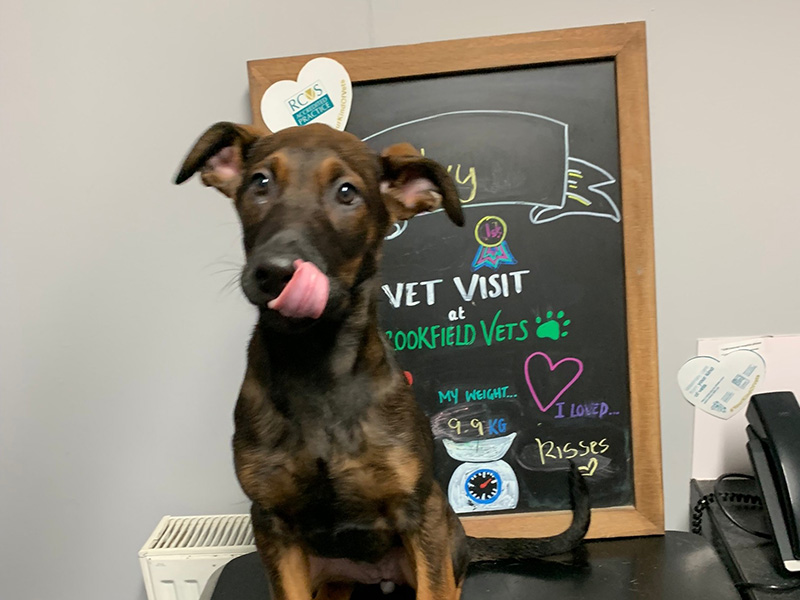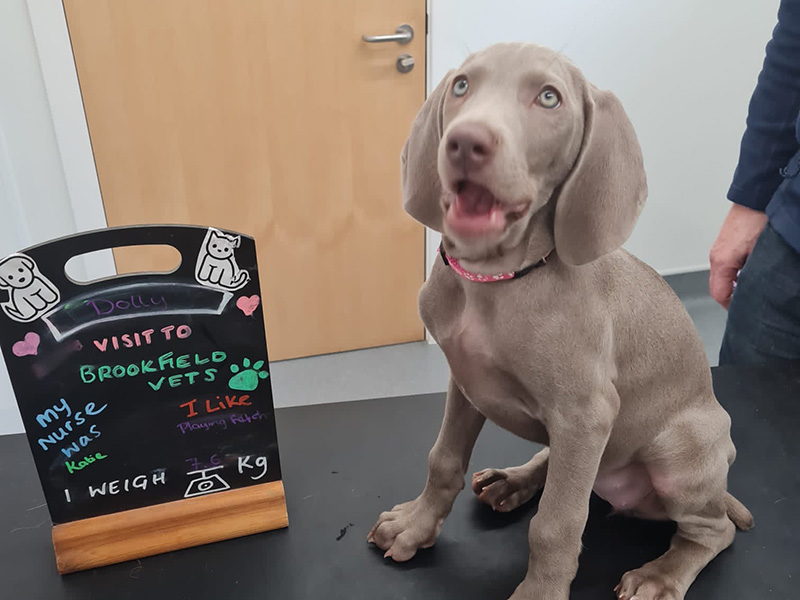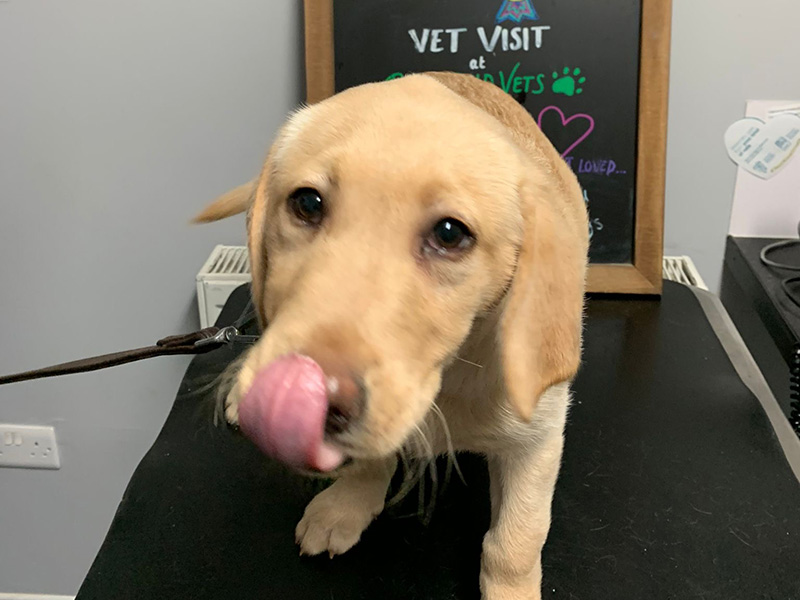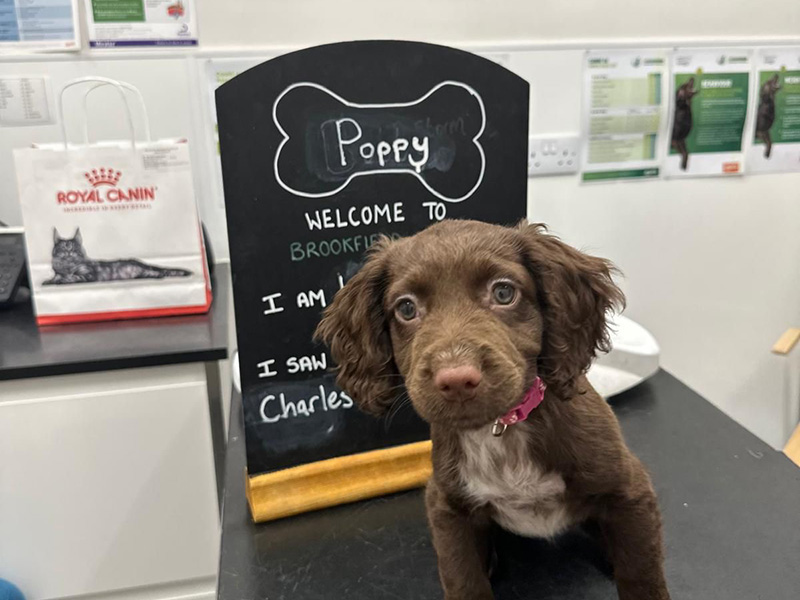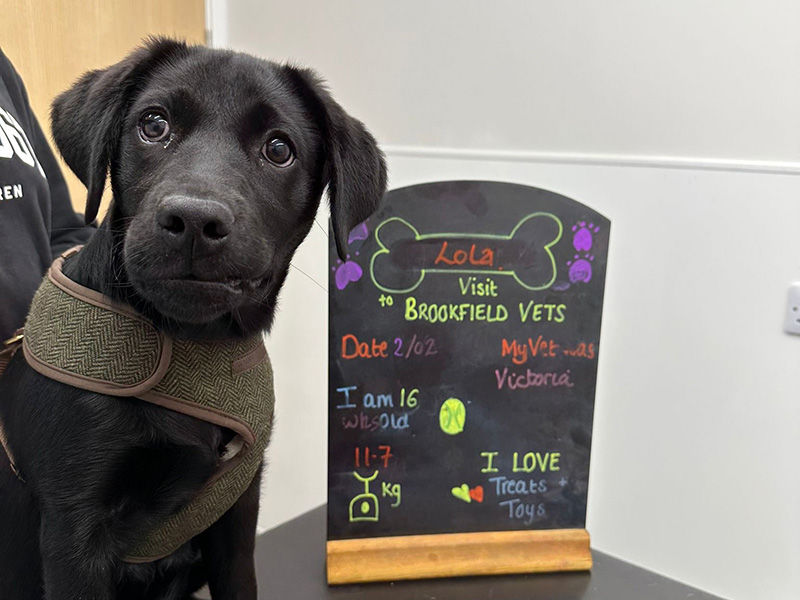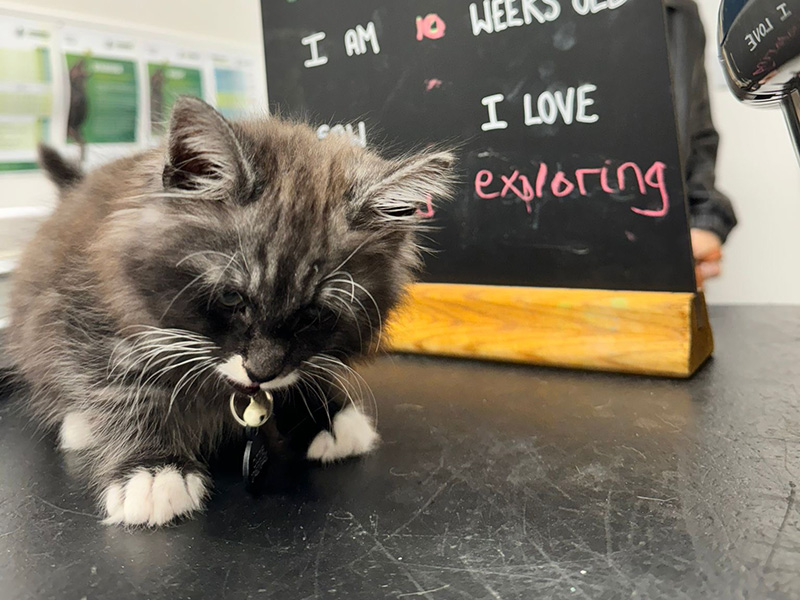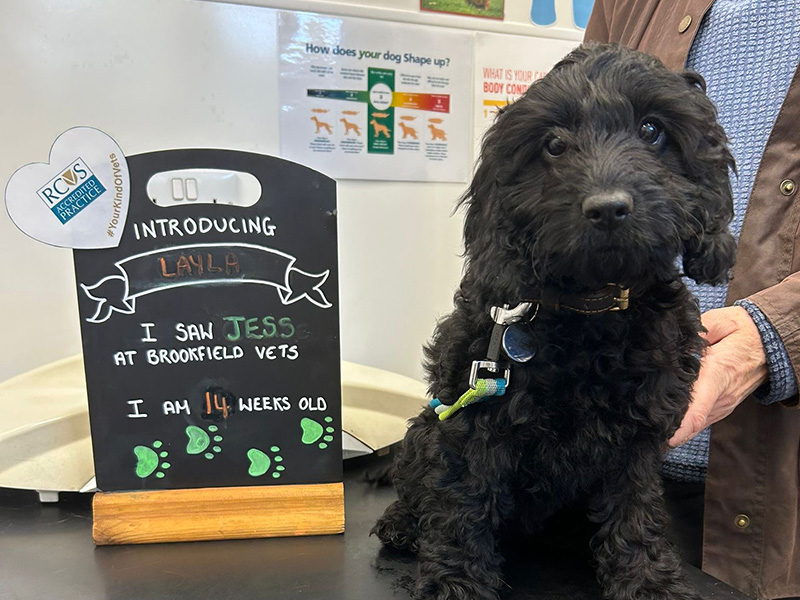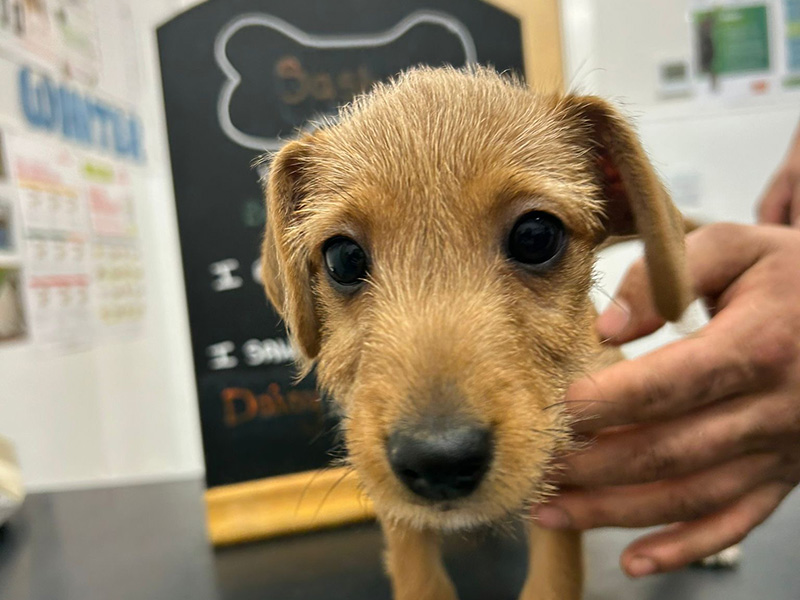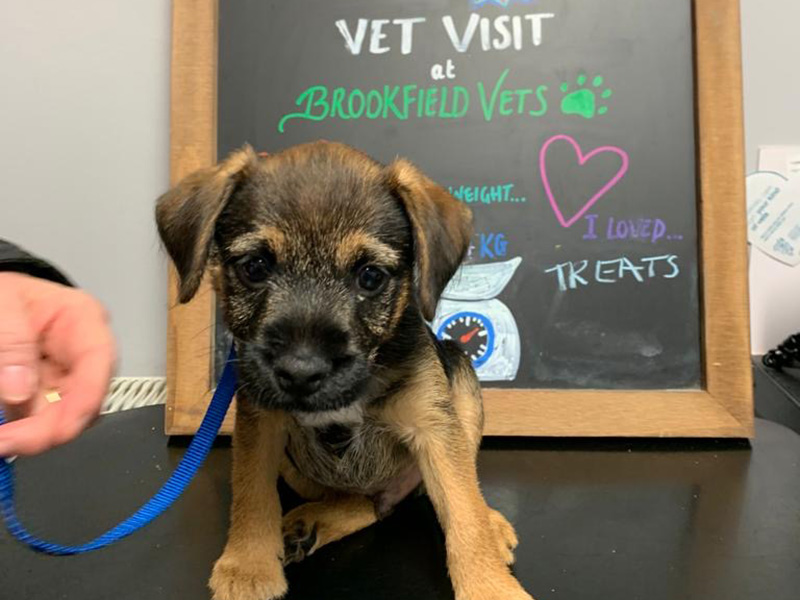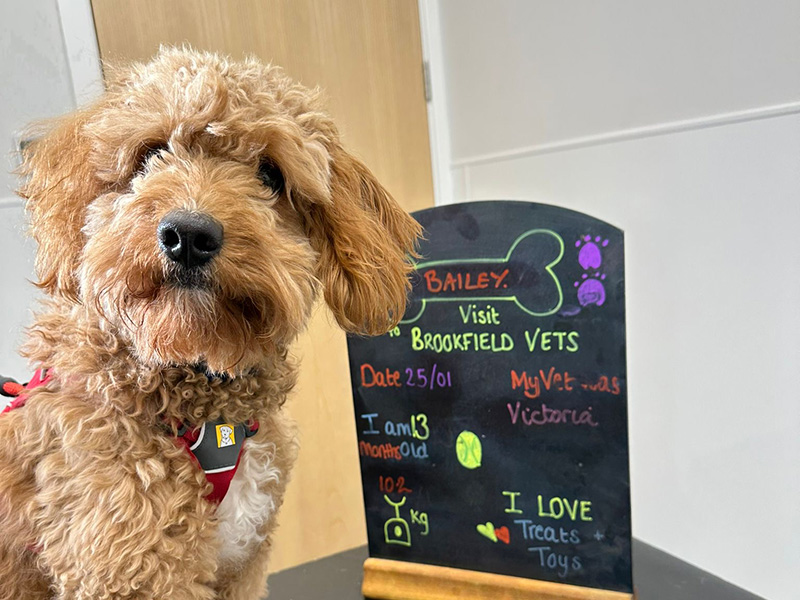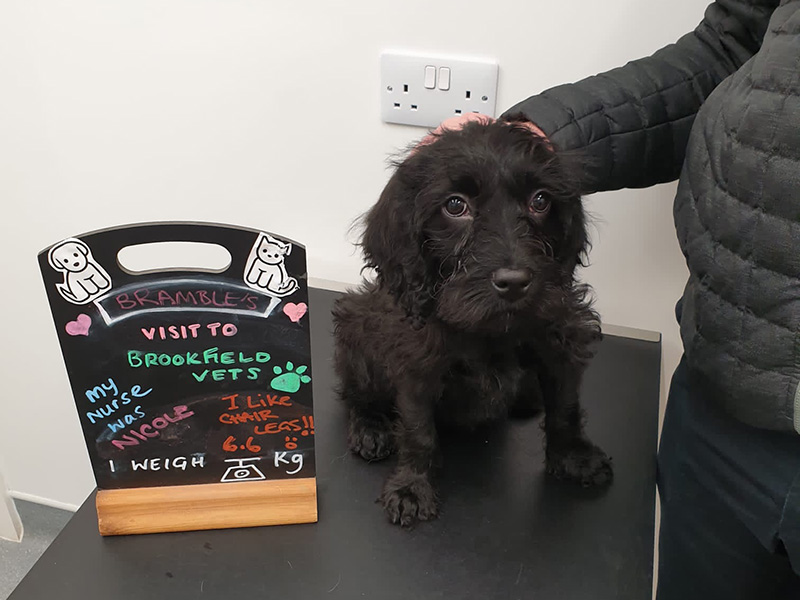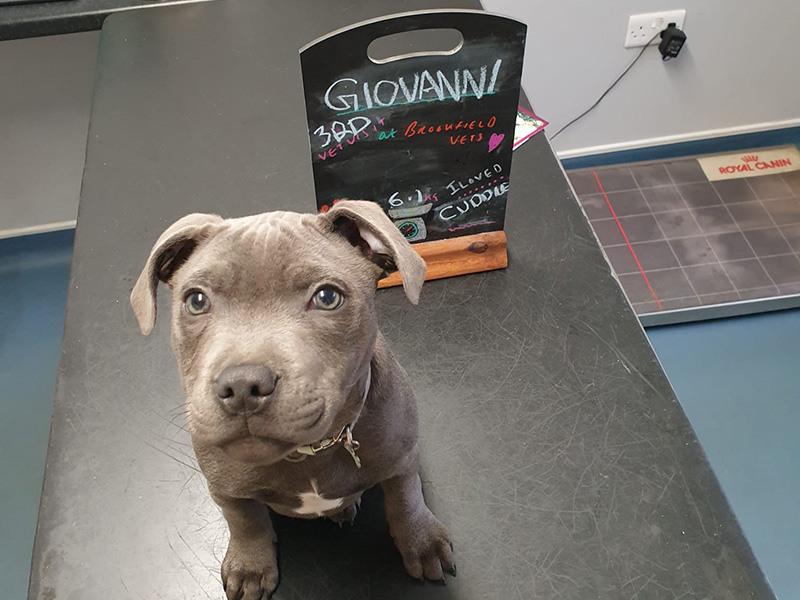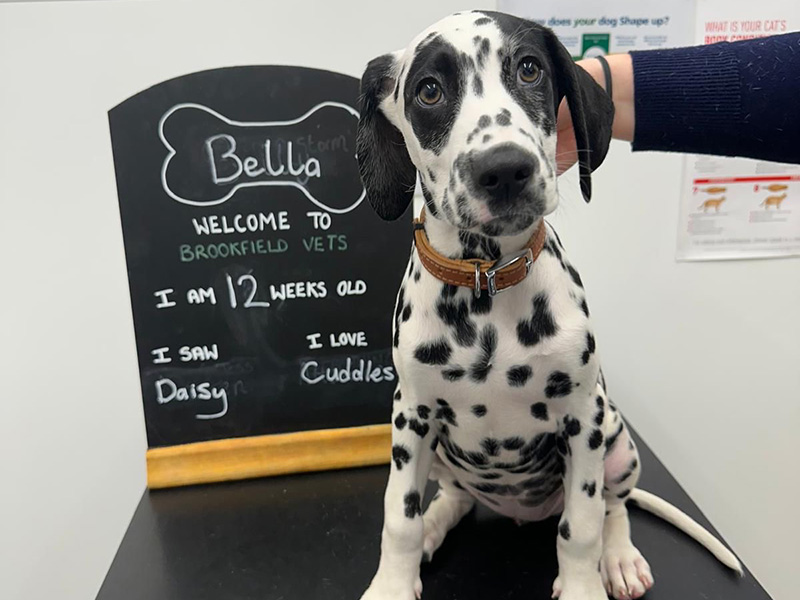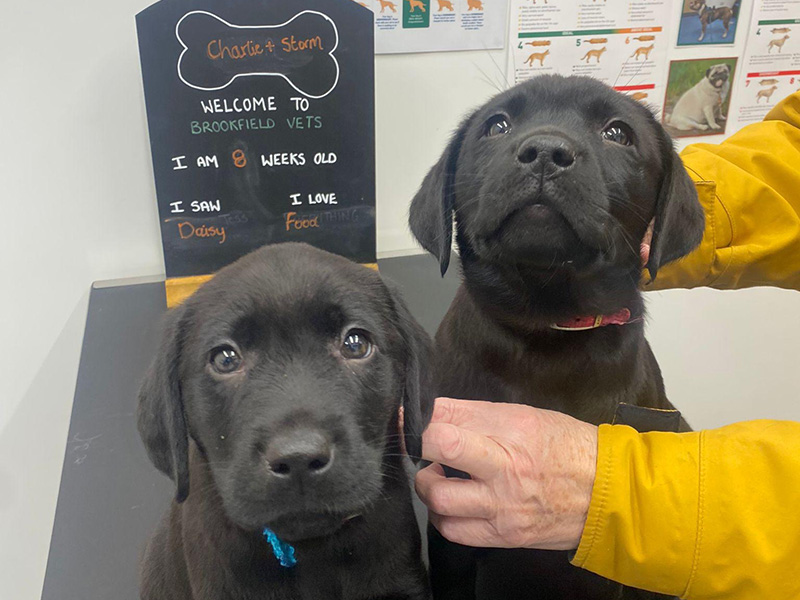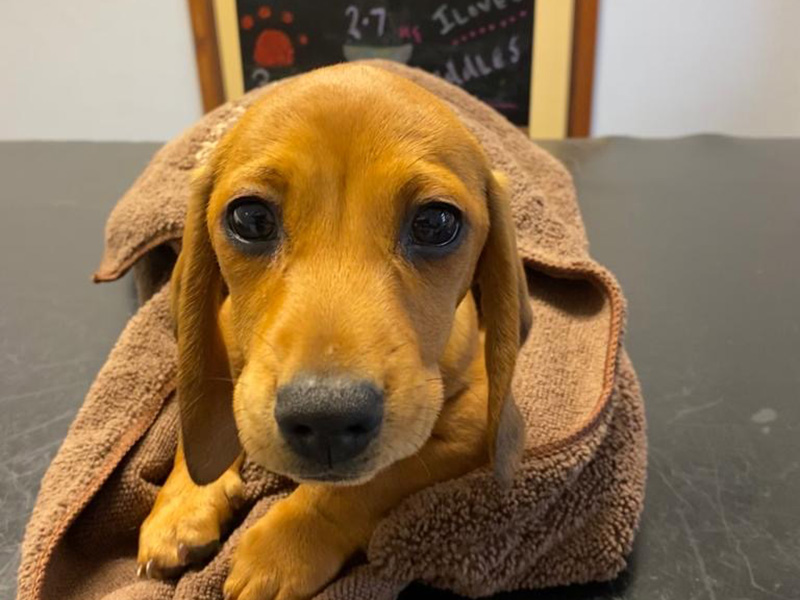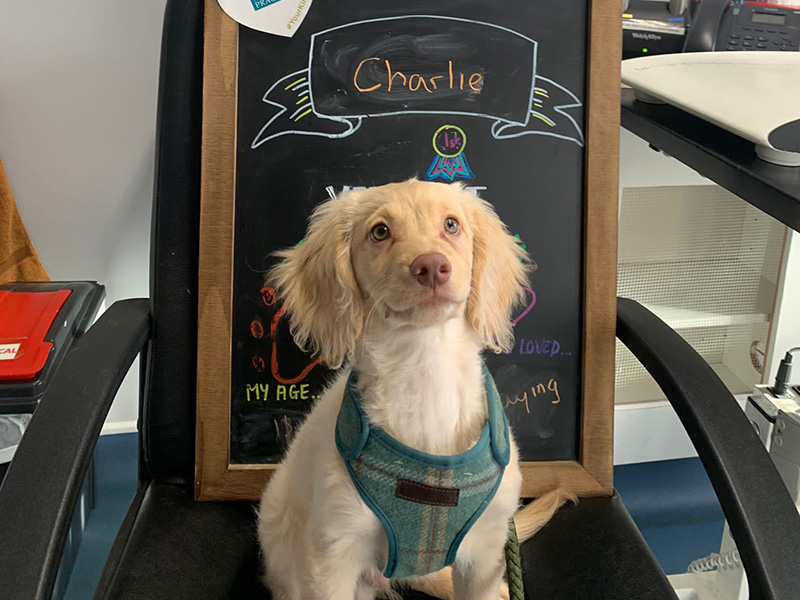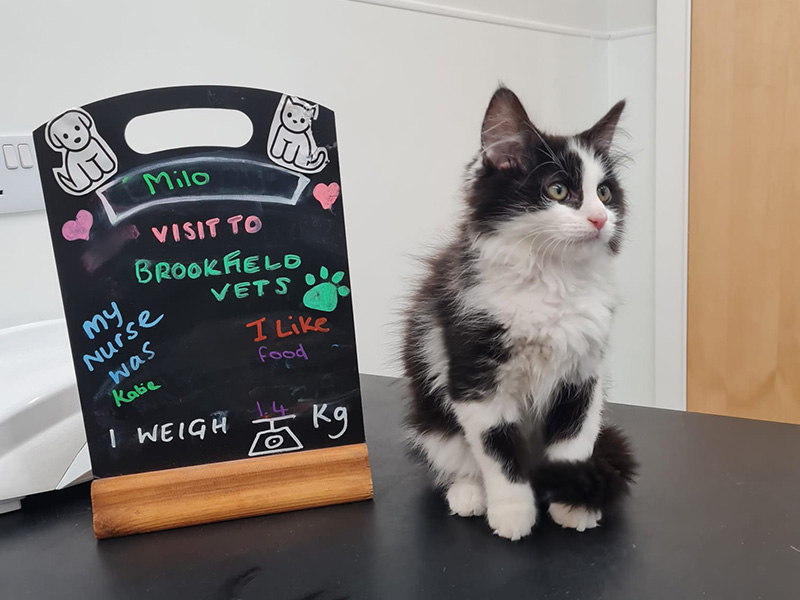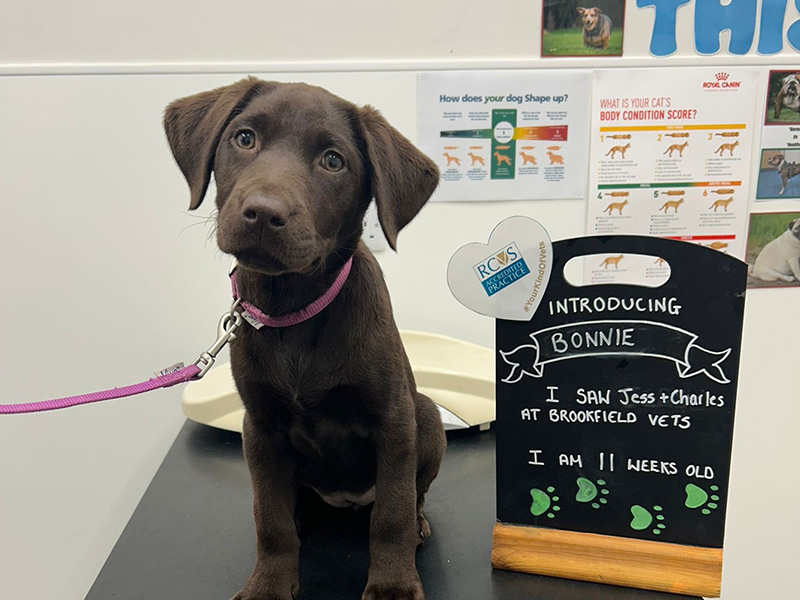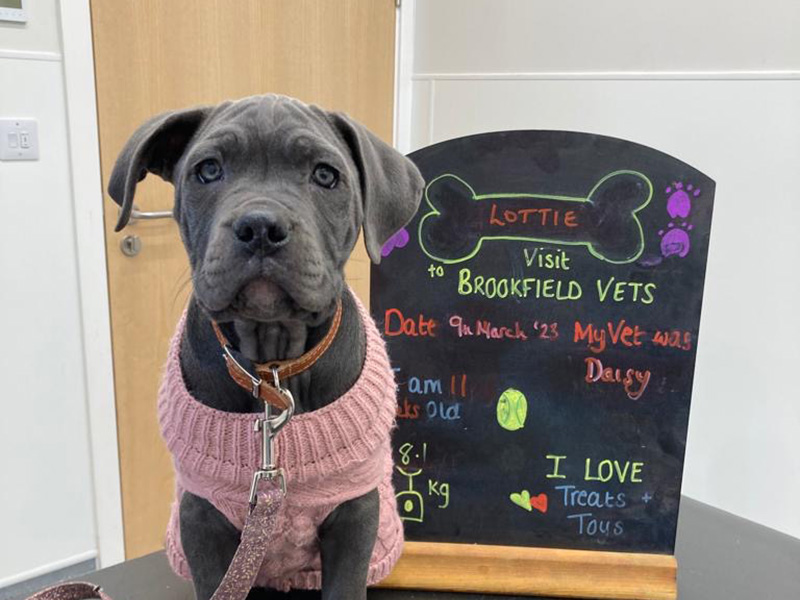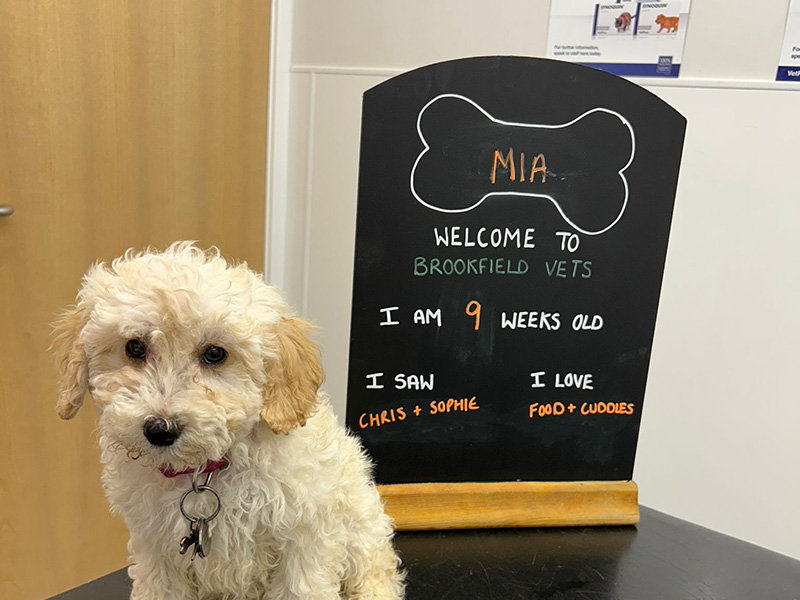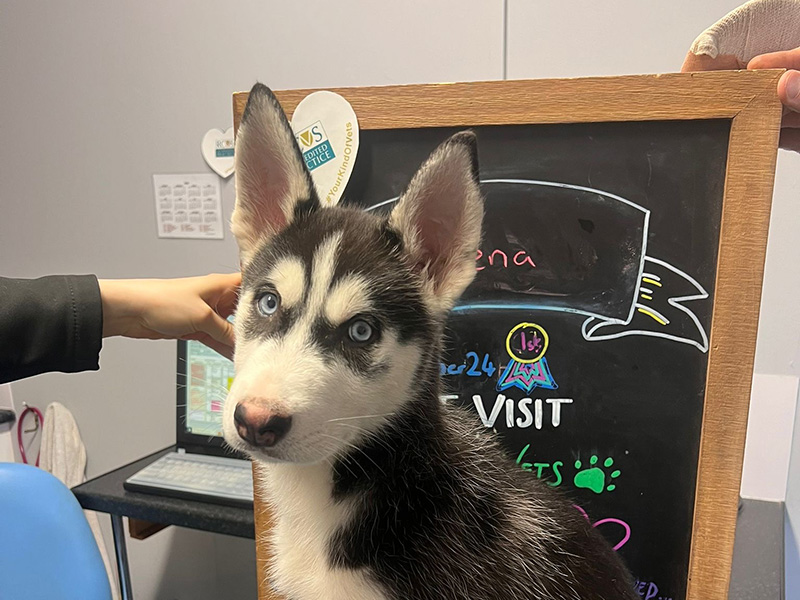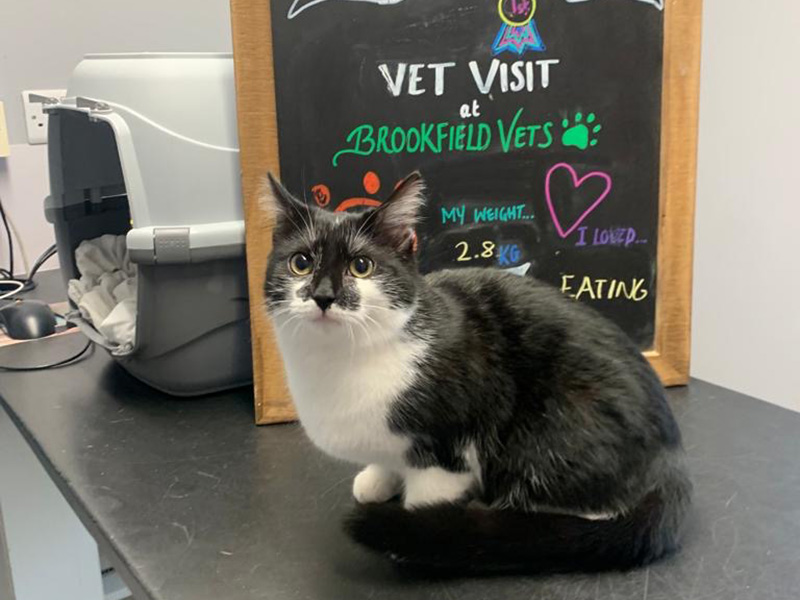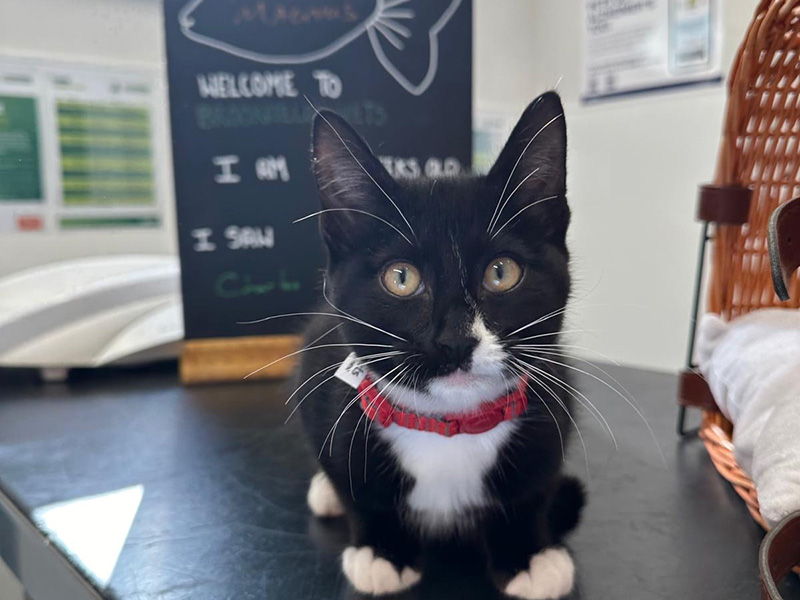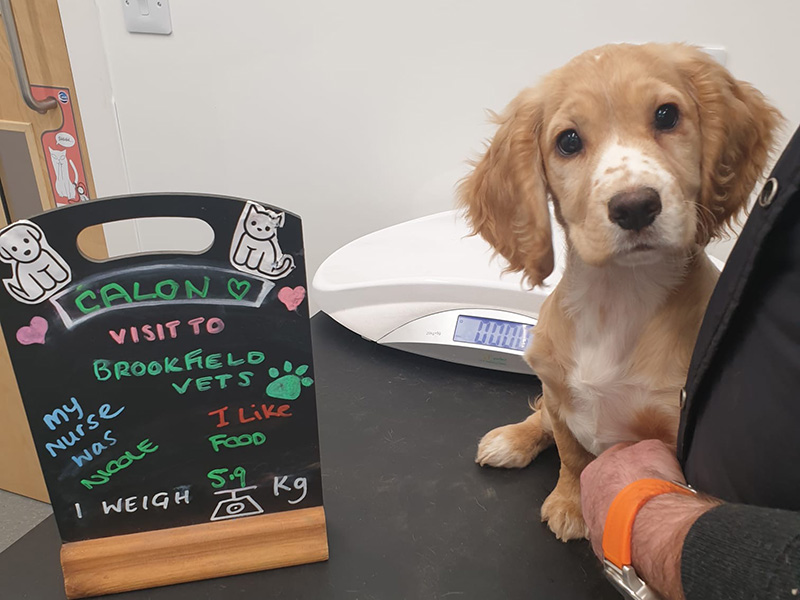Laparoscopy
What is laparascopy?
More commonly known as ‘keyhole’ surgery.
Laparoscopy is a minimally invasive technique for viewing the internal structures of the abdomen. A laparoscope (camera) is inserted through a small incision in the abdomen provides magnified, high definition views of the internal organs. Additional small incisions are made to allow us to insert surgical instruments and perform the surgery. The most common use of laparoscopy is to take biopsy samples, although in recent years laparoscopic spays have become more common.
What are the benefits of a laparoscopic spay?
A large reduction in post operative pain due to smaller incisions and less bruising.
Keyhole surgery improves how well and how much the surgeon can see during the procedure and therefore is associated with fewer surgical complications.
Also as we only need 2 or 3 very small ports ("keyholes") approximately 1cm long, these smaller wounds reduce the hassle and worry associated with your pet licking the wounds, decrease the chance of infection, and reduce the requirements for strict rest after surgery.
The Laparoscopic Spay Procedure
Two or three small wounds are created through the skin and muscles into the abdominal cavity. This allows the insertion of a camera and long and thin specialist instruments. The surgery is therefore performed inside the body, with maximum precision and minimal invasion and trauma. In contrast to conventional surgery, only the ovaries are removed which shortens surgical time and again reduces the risks involved.
Why leave the uterus behind?
Evidence shows that there are no medical advantages to removing the healthy uterus and the long term health outcomes are the same despite the method used. Both will stop the bitch from coming into season and it will prevent uterine pyometra (life threatening infection in the uterus).
In dogs older than 8 years of age, the uterus may need to be removed at the same time, however this will be discussed at the pre spay examination.
Normal Spay Procedure
During a normal spay, an incision around 7.5cm long is made to allow the surgeon adequate visualisation and handling of the tissues.
During this procedure both the uterus and ovaries are removed. This involves some tearing of tissues which further increases the pain associated with the spay. Although this is one of the most common surgical procedures we perform it is still major surgery.

